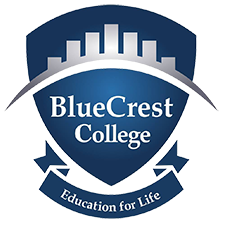
WHICH TYPE OF TEACHER ARE YOU?
I went to teach a batch of students when I introduced myself, I said something many teachers refrain from saying.
I told them the following words;
“I am not a teacher”.
Students looked at me with a confused face, I once again looked into their eyes and said
“I am not a teacher”.
Then who am I?
I told them;
“I am just a facilitator of knowledge and skills and I facilitate learning by fostering the right environment for learning”.
Modern research shows that the traditional method of the lecture is no longer effective and it is one of the least effective strategies in teaching and learning.
Researchers distinguish at least four teaching styles and there is a huge paradigm shift from teacher-centered learning to student-centered learning.
1. Authority style
The teacher sees his students as objects of influence rather than equal participants in the activity. As a result, the teacher distances himself from both the class and each student individually. This type of teacher is always in charge on their own. This style is more common in universities. The Authority method is a better approach for older students during classes that require memorization but do not require teacher feedback.
This type of teaching style has been for 1000 years where students see the teacher as a figurehead and accept whatever the teacher says in the class.
This teaching methodology is the least effective because of the lack of openness and dynamism and is the least creative teaching model.
2. Demonstrator style
The second way to teach is called “the Demonstrator style.” This style is also called “coach style,” It is a lot like the Authority style in many ways. During lessons, a teacher might show videos or do other activities with the class. This style is great for topics that can only be fully understood by showing. For example, teaching science, art, music, etc.
The main problem with this style of teaching is that the teacher and students don’t communicate with each other much.
3. Facilitator style
The facilitator’s primary responsibility is to facilitate and stimulate the learning process in the classroom by creating an appropriate intellectual and emotional environment as well as a psychologically supportive atmosphere. This teaching style promotes self-learning, which means that students should discover answers and information through exploration.
The facilitator assists in the formulation of goals and objectives for a group of students or an individual and then creates a free and relaxed environment that encourages students to solve problems.
4. Delegator style
This method is frequently used for group projects and activities. The teacher serves as an observer and must engage students in activities such as team projects, creative writing, and debate.
This teaching strategy has the advantage of giving students a sense of independence and freedom of choice.
Great teachers know their styles and they leverage them.
The Teacher-student dynamics are changing and rigid, inflexible, and authoritative approaches are no longer effective.
Are you a teacher?
The collaborative student-centered teaching and learning approach should be the need of the hour and you can make a huge impact by following them.
Dr. Vivekananth Padmanabhan,
HOD (ICT) | Head of Internal Quality Assurance Cell






